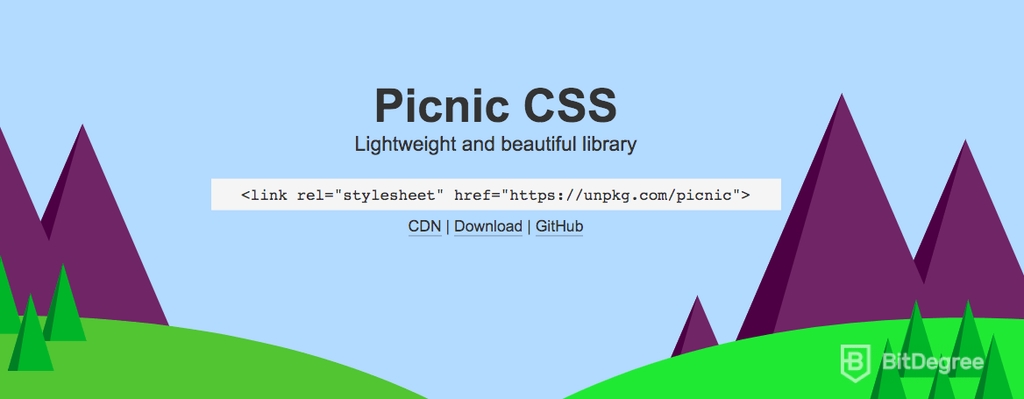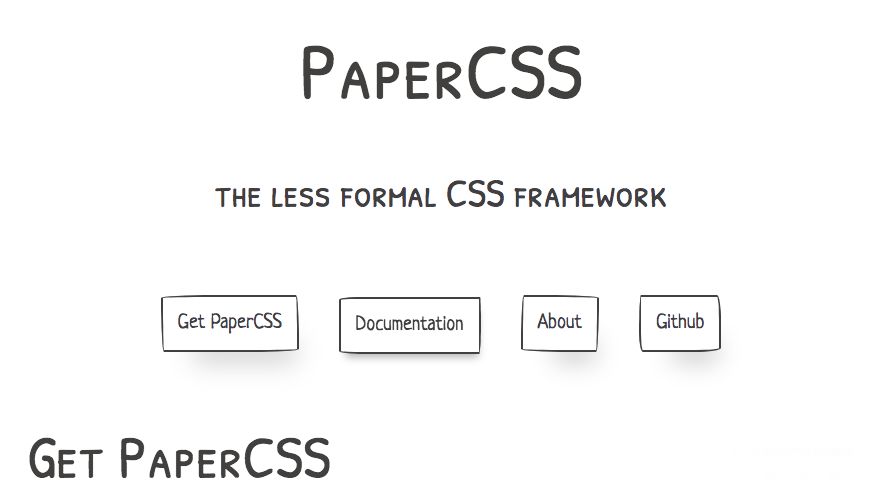Stop overpaying - start transferring money with Ogvio. Sign up, invite friends & grab Rewards now! 🎁

The use of CSS frameworks is one of the most popular practices for boosting efficiency. Frameworks are highly regarded because developers can save time and retrieve pre-written chunks of code for their projects. In this case, you can retrieve stylesheets and use the styling properties appropriate for your project.
By gluing many separate pieces together, you finally get a product. It might not be unique, but you can perform customization to the styling properties if you desire.
In general, CSS is a very beginner-friendly language, and you can learn it immediately after acquiring the basics of HTML. After learning the main principles of CSS, it is essential to explore the most popular CSS frameworks.
By definition, they are for assisting frontend development and making websites responsive. After all, one of the main objectives of website owners is to make pages adjust to different screen orientations and sizes.
Table of Contents
What is a CSS framework?

In short, CSS frameworks are tools containing collections of styling properties, usually designed in files referred to as stylesheets. As you know, you can style HTML elements in three ways: inline, internal, or external. However, the best option is to create .css files and link them to your HTML documents.
Frameworks are the main ingredient when it comes to robust web development, quickly leading to a functional and attractive user interface. Additionally, the best CSS frameworks are valued because they simplify the management of group projects. Instead of introducing new classes and other elements, colleagues can follow a standard set of components and make their code more reader-friendly.
After you start using a CSS framework, you need to adapt your code by including the necessary classes and IDs. Even though most of the frameworks supply the standard structure, you can add new blocks of styling properties for elements needed for a specific project. Therefore, the rules are loose (most of the time): you can customize your website to make it less clear that it came from a framework.
Do you have to use a framework?

CSS frameworks (or any other framework) is not a mandatory tool to use. Some developers take pride in the fact that they produce CSS stylesheets manually. That is fine: whatever flows your boat.
However, frameworks are excellent choices for significantly expediting the web development process. Most of them are mobile-oriented, meaning that the provided code aims to make websites responsive, adapting to different screens. Additionally, the code is highly standardized, meaning that all browsers understand and display styling properties equally.
However, it might not be the best option for beginners to dive into the CSS frameworks quickly. The most practical choice would be to explore frameworks after you have learned the basics of CSS and HTML. For instance, this course will quickly introduce you to the main concepts of both of these languages.
lets you style HTML elements without adding classes. This feature is different from, let’s say, Bootstrap that requires you to add classes to elements you want to style.

Furthermore, Picnic CSS contains components for making websites interactive: a tab switcher, a file uploader, a tooltip, and a modal dialog. Surprisingly, these elements are purely-CSS, meaning that JavaScript code is not necessary.
The popular newcomer Susy
Susy is one of the Flexbox-based, lightweight CSS frameworks valuing flexibility and unique website prototypes. Developers regard it as one of the best new frameworks around because it lets you design an unlimited number of columns. Susy makes it easy to build the layout for your website, even if it is not standard. While Susy is becoming the preferred option for developers, beginners might find the features and possibilities confusing.

Adding animations with Animate.css
Animate.css framework has a clear-cut purpose: to let developers animate HTML elements with one line of code. The framework provides animations labeled as static, scroll, click, and funky. In their homepage, you can browse through the available animations and download the Animate.css code.

The basic properties with Skeleton
Skeleton is also one of those CSS frameworks that are lightweight and perfectly capable of serving small-scale projects. Additionally, it is an excellent option for beginners due to the combination of simplistic use and a variety of features.

The entire framework consists of approximately 400 lines that support responsiveness and the most basic components of a website, including the 12-column fluid grid. For additional features, developers need to customize the CSS code.
The unique style of Paper CSS
Paper CSS is not an ordinary framework. Its components have unique styles, meaning that they won’t be appropriate for all websites. If you are building a serious business homepage, you might not want to build a peculiar design. Nevertheless, Paper CSS is a treat for anyone who wants to experiment and create a slightly-different website.


Did you know?
Have you ever wondered which online learning platforms are the best for your career?
Conclusions
CSS frameworks are convenient choices when it comes to building websites quickly. With the wide selection available comes great responsibility to choose the right one for your project. Undisputably, you cannot go wrong with Bootstrap. It is stable, crazy-popular, and highly responsive. However, there is nothing wrong with trying out other flavors.
There are usually two camps when it comes to frameworks: people who love and use them and people who cannot stand them. Remember that using a framework does not make you a bad developer. It might mean that you are saving time for more critical tasks, or simply avoiding repetitive code. Additionally, some developers create their own frameworks without even realizing it. For instance, if they re-use a chunk of code multiple times, developers are already entering the framework territory.











